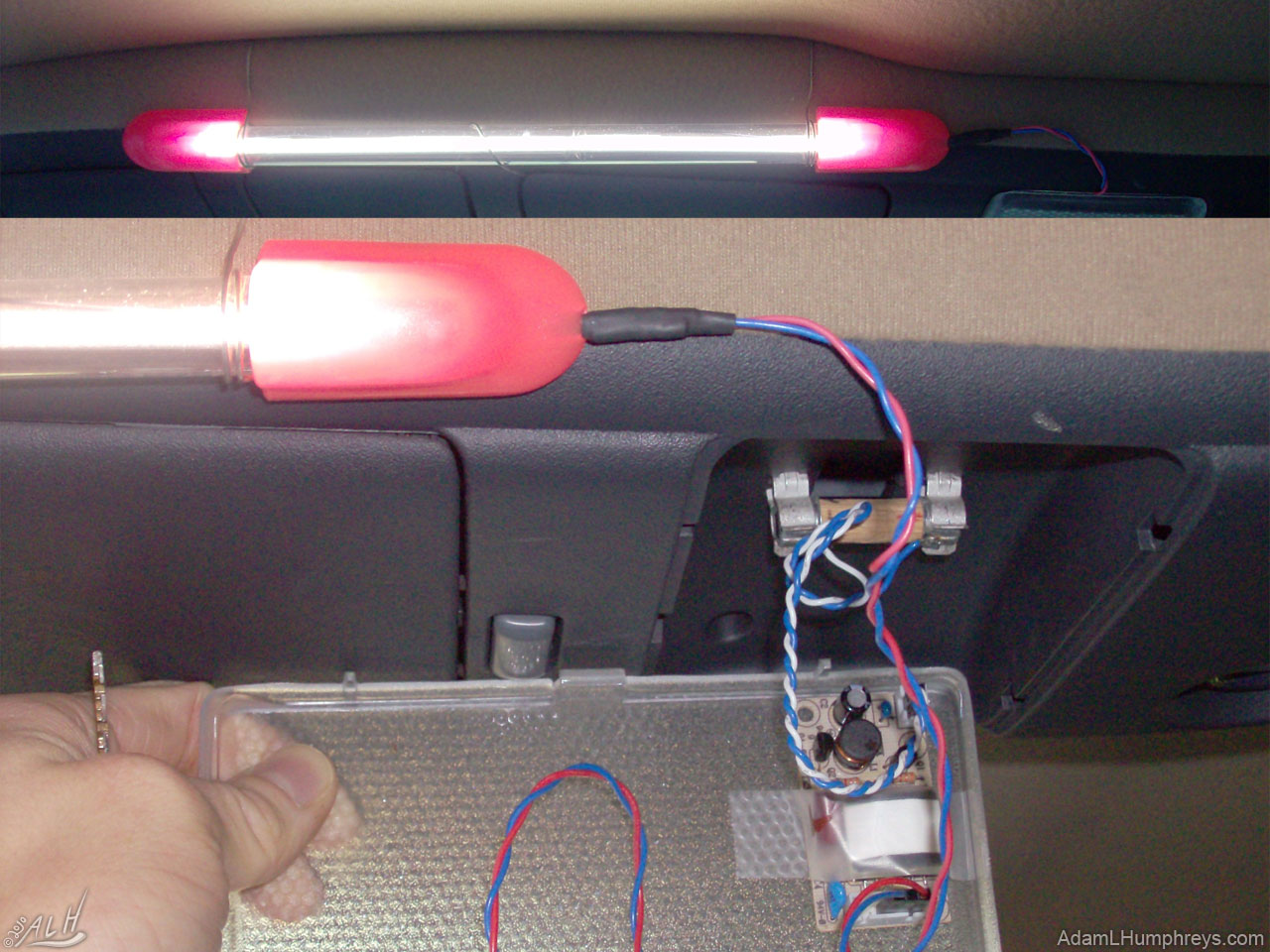

This is why CFLs and CCFLs react differently to frequent on and off cycling. The thimble-like, metal construction of the cathodes in CCFLs, like the one to the right, are also sturdier than the thin filament used in standard CFLs and are able to handle around five times the amount of voltage. This is because the process of heating up a CCFL bulb is much quicker and requires less heat to create visible light.
#Cold cathode lights full
Whereas standard CFLs have delayed start times of 30 seconds or more, CCFLs are instant-on, taking little to no time to reach full brightness. While nothing about these cathodes is actually “cold,” 200 degrees Fahrenheit is considerably cooler than the 900-degree temp of the hot cathode. These cathodes resemble small metal thimbles that reach temperatures of 200 degrees Fahrenheit. Instead, CCFLs use cathodes that do not require filaments to heat up. On the other hand, the cathodes in CCFLs are not heated by a filament.

This reactive process that standard CFLs go through to produce light is why they usually take at least 30 seconds to reach full brightness. Heating the cathodes in standard CFLs causes them to release electrons that react to the mercury in the glass tube to create ultraviolet (UV) radiation, eventually producing visible light. In standard CFLs, the cathodes are constructed of a thin wire tungsten filament that is heated to temperatures reaching at or above 900 degrees Fahrenheit when the lamp is turned on. The most common type of fluorescent bulb is the “hot cathode,” or what most people know as a standard CFL. Cold Cathodesįirst things first: although CFL and CCFL bulbs both use a ballast and cathodes to produce light, the temperature, type, and durability of the cathodes vary. This post will give you a rundown of the differences between CFL and CCFL bulbs while helping you decide which type is best for your specific lighting needs. But if I were to ask you what a cold cathode, or CCFL, fluorescent lamp is, would you be as confident in your answer? Although CFL and CCFL bulbs may have a similar look, they do have their differences, with advantages and drawbacks to each one. If they don’t know what it is by name, they certainly know it by its twisty shape resembling the top of a soft-serve ice cream cone. By now, almost everyone knows what a compact fluorescent, or CFL, lamp is.


 0 kommentar(er)
0 kommentar(er)
